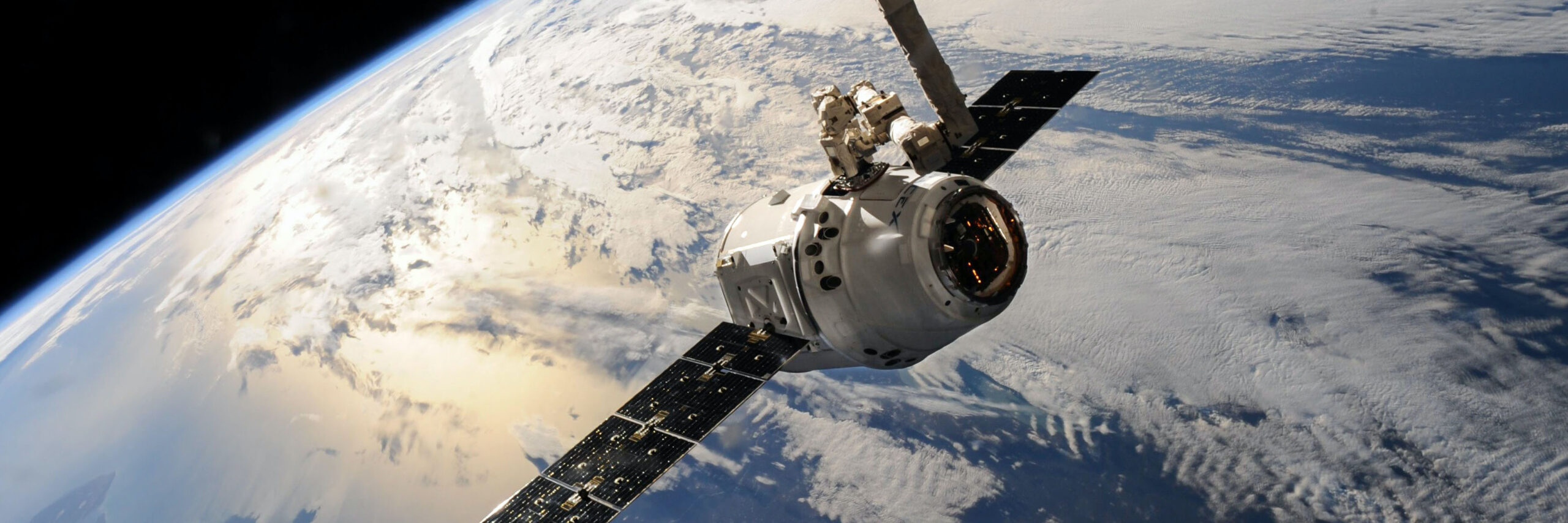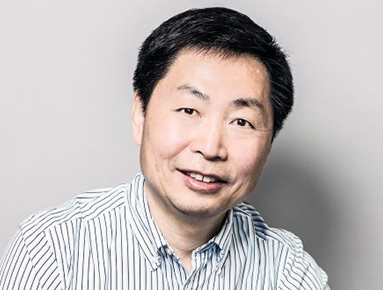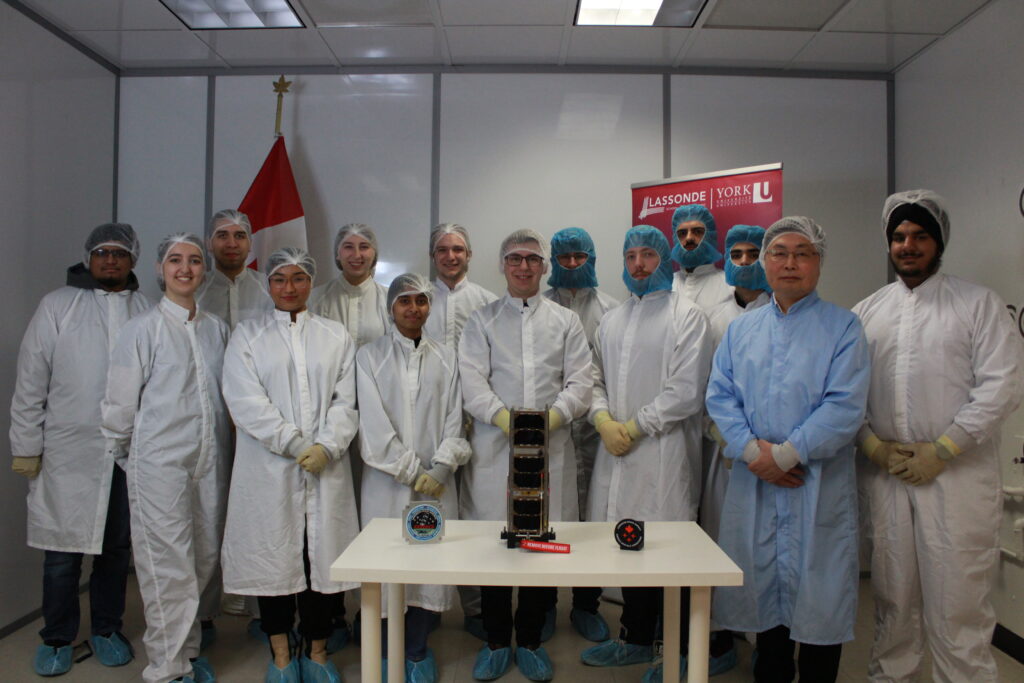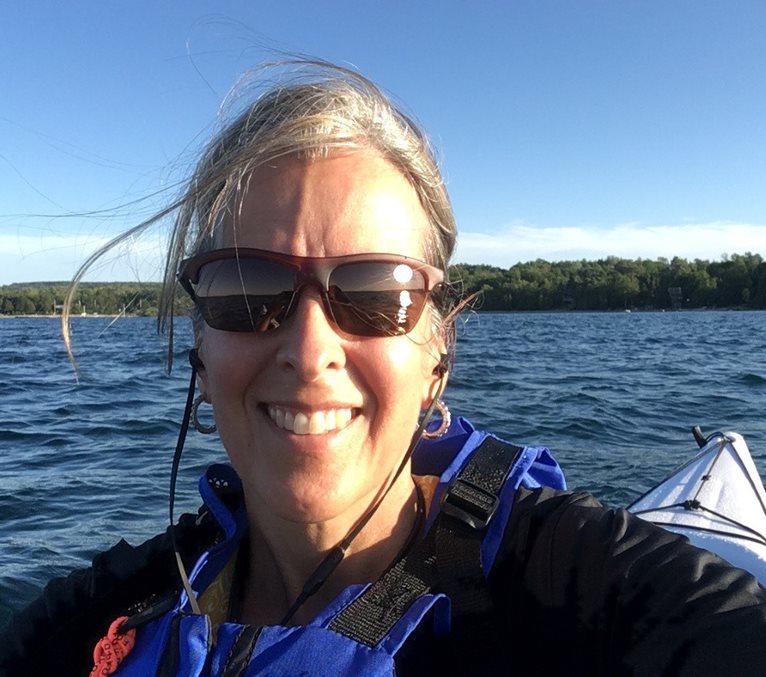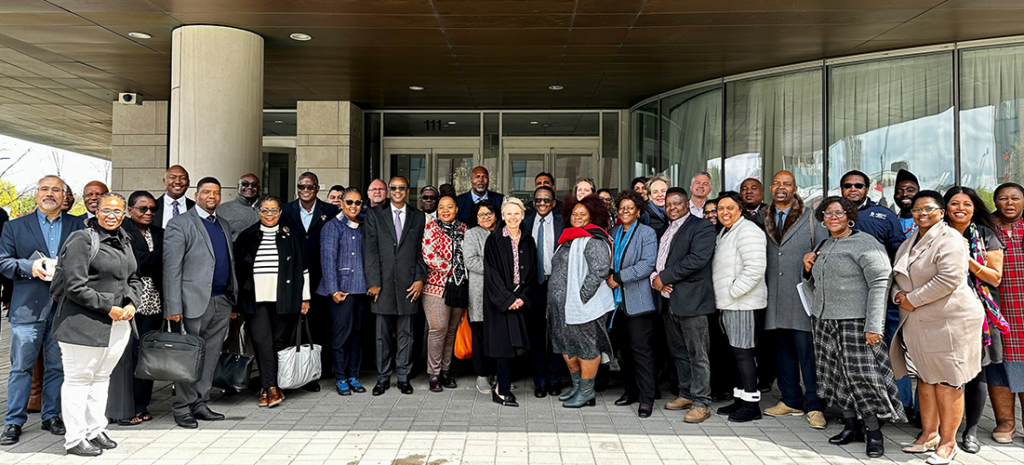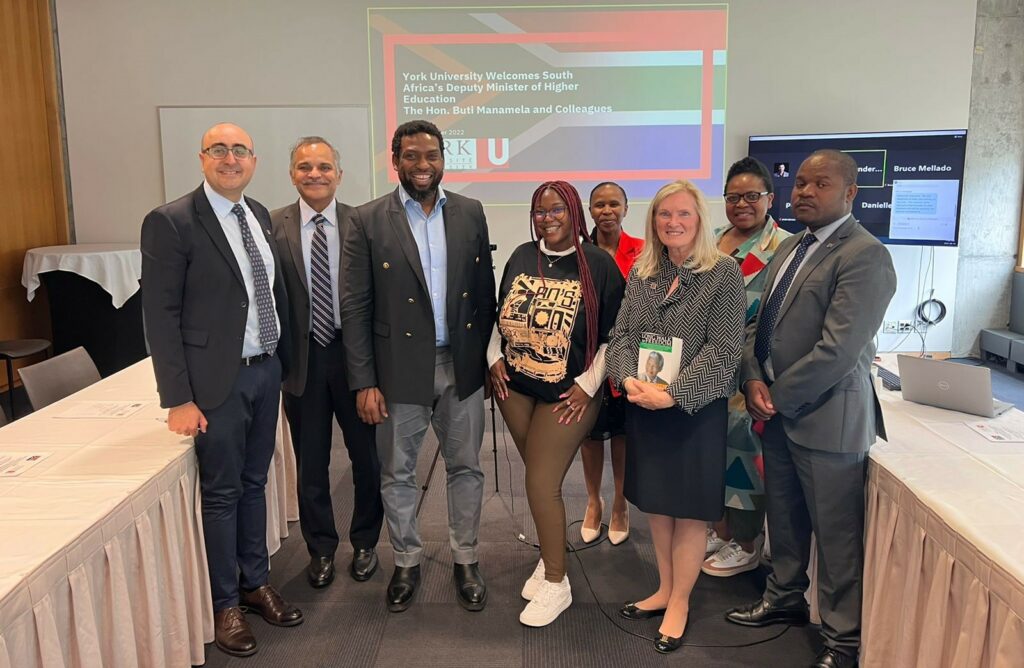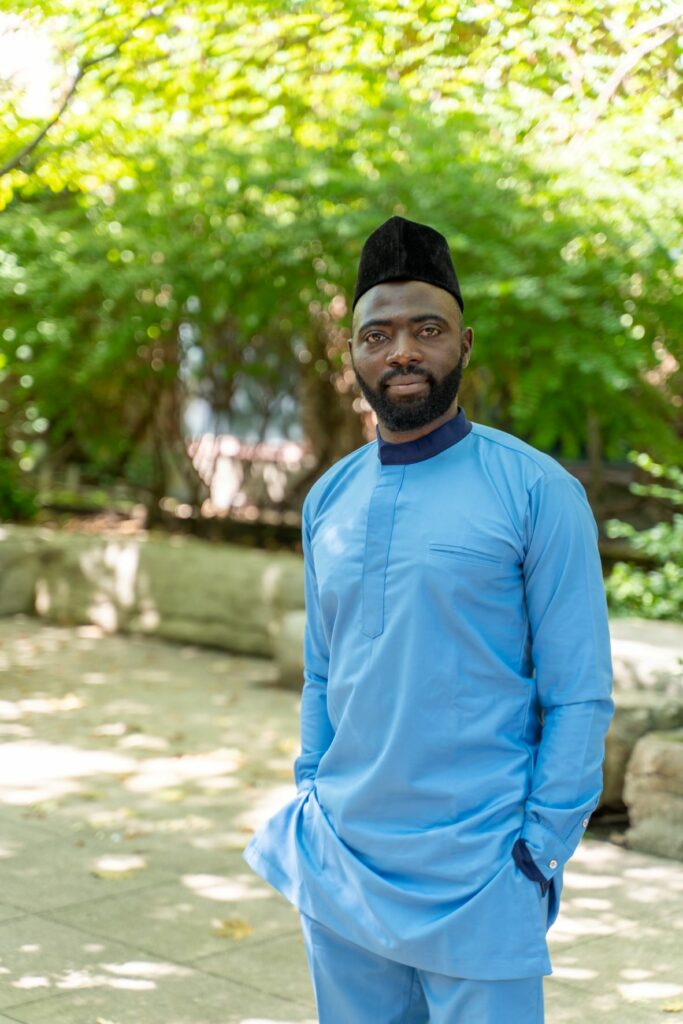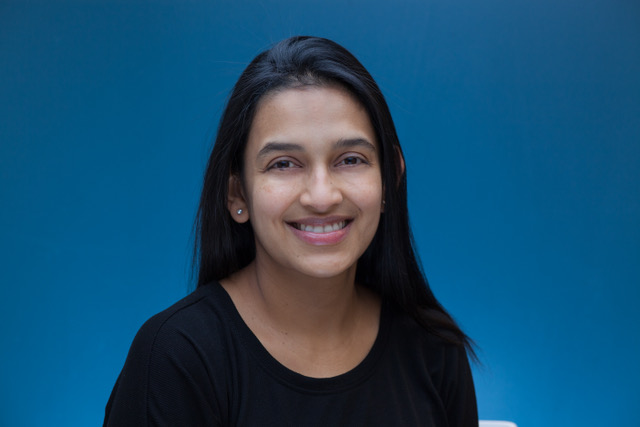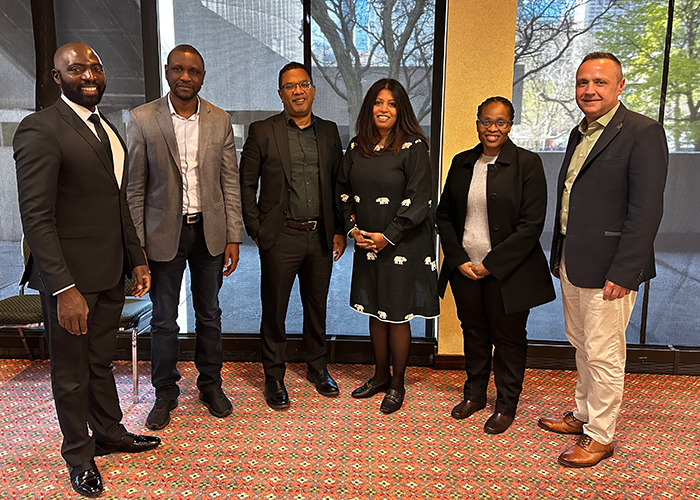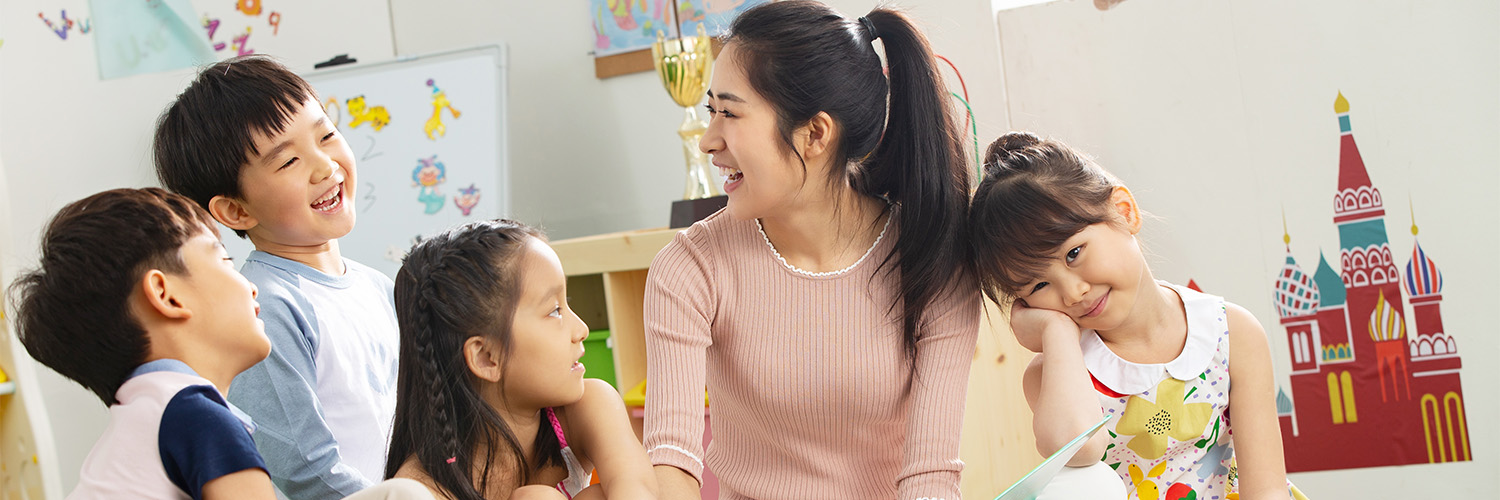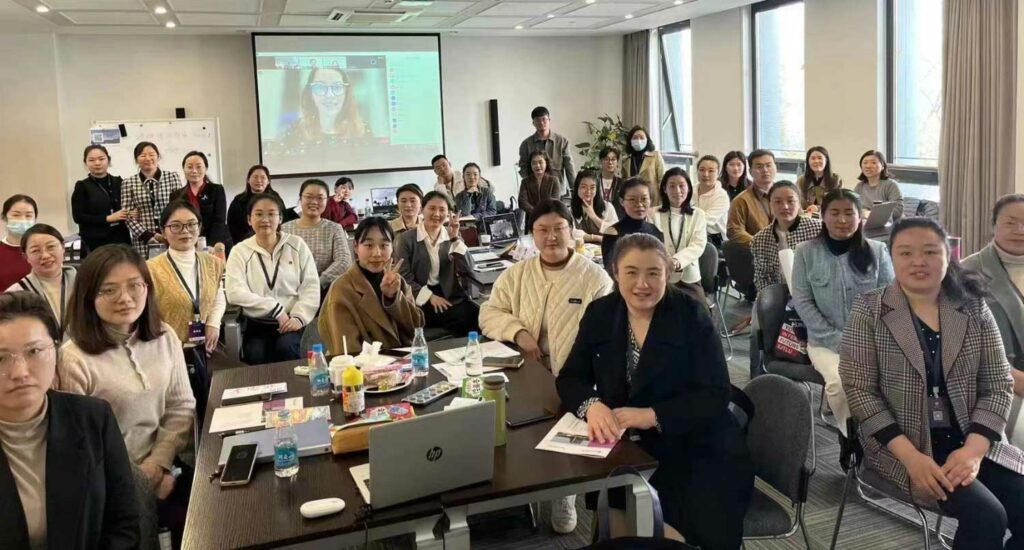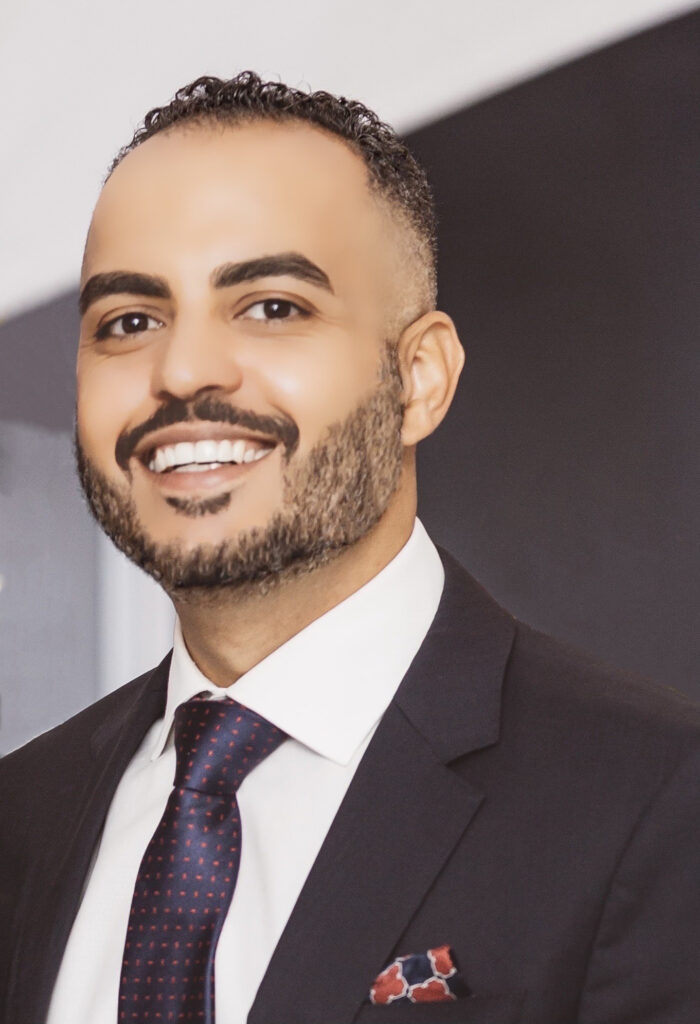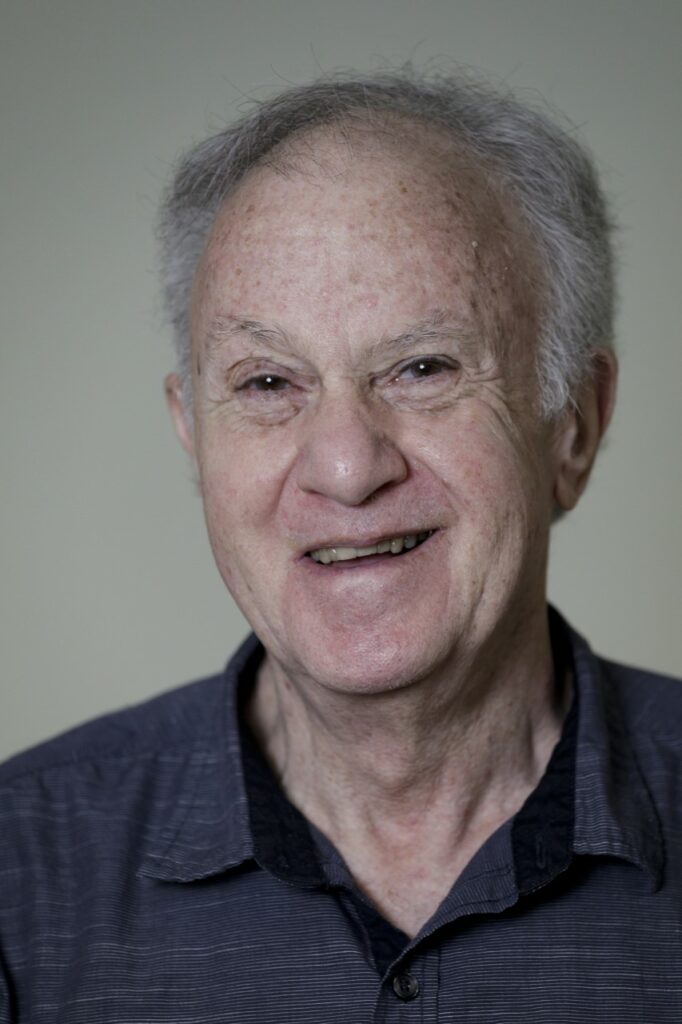Patricia Keeney, a long-time professor of creative writing at York University, has had her fourth bilingual volume of poetry published in France. The author of 10 books of poetry in English, this is Keeney’s eighth volume in another language. Keeney has also taught English and humanities at York for some 40 years.
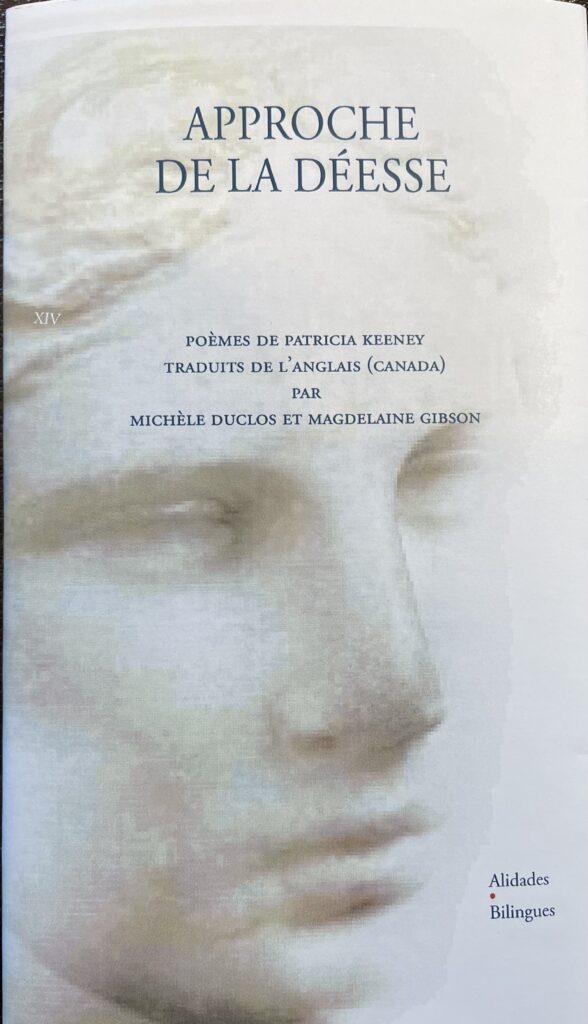
Selected and translated by Michelle DuClos and Magdelaine Gibson, the new volume is called Approche de la Déesse, a title taken from Keeney’s poem “A Touch of the Goddess” and contains poems “inspired largely by my love of Greece and partly by the throb of mythology,” says Kenney. The volume was published by Alidades in Bergerac.
“As a writer, poetry has always been my first love,” says Keeney, “so I am especially delighted when my poems find a life in other languages. The translation of this new volume is tremendously sensitive to both the original English and to the French. These are two fine translators whom I first met while teaching at the University of Bordeaux some years ago.”
Three other volumes of Keeney’s work have been previously translated by DuClos and published by Les Amis de la Poésie in Bergerac. All four of the French editions are bilingual –with the original English on one page and the French facing it – making the volume especially useful for language and translation classes.
Other translated editions of her poetry include volumes in Hindi (published in Jaipur, India), Bulgarian (published in Sofia, Bulgaria), Spanish (published by Toronto’s Antares Press) and Chinese (published in Xi’an, China).
In addition to her poetry, Keeney has published two novels: The Incredible Shrinking Wife, and One Man Dancing, the latter based on the true story of a small experimental theatre company in Uganda trying to survive during the murderous reign of dictator Idi Amin. The book, which follows the life of one of the company’s leading performers (an actor-dancer who now lives in Toronto), has generated positive international reviews and has been adapted for film by award-winning New York screenwriter Hank Whittemore. The script is now making the rounds of producers in both North America and Europe.
Her current project – in the final stages of editing – is a novel called Emptiness and Angels. “It’s a time-travelling mystery based on the life of Mary, the mother of Jesus,” says Keeney. “Its leading character is a contemporary feminist professor of Mariology who comes across a manuscript reputed to be the true life of Mary showing her as both a young woman in Nazareth and as an older woman living out her final days in Ephesus after her son’s crucifixion.
“Part of it is set in Canada at a university not so different from York, in Germany where we meet a stigmatic nun obsessed with the Virgin, and in the Holy Land. We also move through ancient and modern Ephesus as well as into the south of France where churches abound devoted to their own version of Mary. The French call their main cathedral Notre Dame for a reason.”
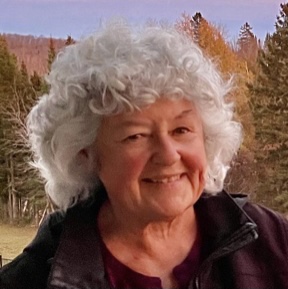
Working in a variety of genres feels natural, says Keeney, who is also an award-winning poetry and theatre critic writing reviews regularly in the Canadian poetry journal Arc and in the Paris-based international webjournal Critical Stages.
“I find that I’m drawn to many art forms including film, dance and theatre as well as the critical essay,” she says. “But poetry can encompass them all because it is an inclusive art suited, perhaps to my own restlessness. Certainly the experience of having my poetry translated from one language to another is deeply rewarding. Translation, like poetry itself, has to navigate image and idea, voice and nuance, music and tone, accuracy and suggestiveness. Over the years, working with translators, has broadened and deepened my understanding of all these elements.”
Most recently, Keeney contributed to an anthology of poems by Canadian writers in support of Ukraine called Poems in Peril and participated in numerous readings to promote the book whose proceeds go to help Ukrainian artists. This volume, along with her other recent books – One Man Dancing, First Woman (poetry, Inanna) and Orpheus in Our World (choreo-poetry, NeoPoiesis) –-is available from Amazon and online book sellers..
Approche de la Déesse can be ordered directly from alidades.fr.



